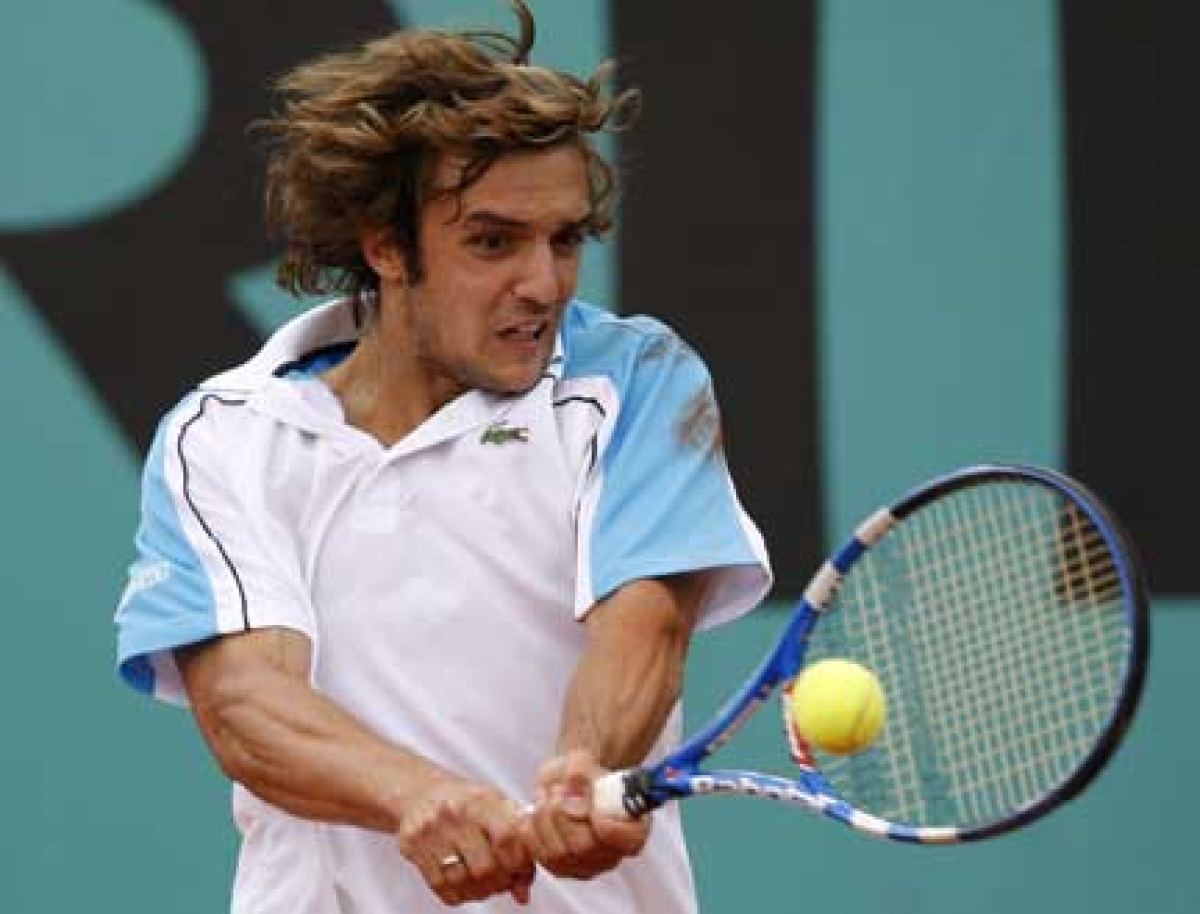One summer I played more singles tennis than usual with my friends Paul Anderson and Mickey Leapley. Both of them are better than me. Paul and Mickey hit such hard, fast, accurate shots that I simply could not get to the ball in time to hit a good return. I might reach their ball and hit it back, but I would be so stretched out of position, and in such a defensive posture, that I could do little more than poop the ball over the net, giving them an easy put away winner.
The pressure forced me to rely more on my better shots and to avoid my weaker shots. Those choices led my weaker shots to continue to deteriorate. Eventually, I felt like I could not hit a forehand groundstroke or a net volley. I became immensely frustrated. I struggled, yelled, swore and pounded balls into the fence in anger, trying to figure out how to get better.
Then it dawned on me. My vision of the ball's flight, and my mind's analysis of where to step to intercept that flight, both work at the speed of light. By forcing myself to engage in a huge degree of concentration and anticipation, I could turn off my conscious planning of what to do. I could let the natural / subconscious / instinctive part of my brain take over. I could follow the flight of my ball, check my opponent's stance, his movement direction, his racket face and stroke angle, know instinctively where his ball was going, and easily direct my steps to where his ball will arrive, before it gets there.
Put another way, the subconscious part of our brain is vastly faster, more experienced and smarter than the conscious part of our brain. But if both are trying to work at the same time, the conscious part overrides the subconscious part. The trick is turning off the conscious brain. Or, as Bruce Rosen tells me when we are partners, 'Bob, don't think, just do'!'
There is, in fact, a series of books on this subject, by Timothy Gallway, called 'The Inner Game of Tennis,' 'Inner Skiing,' and others. I had read them. But I had never internalized them and made them work for me.
By using this insight, with time to spare, I could set up my feet and hands to aim the shot, guide the follow through and so hit a stronger, sweeter shot. Of course, time to spare is relative. It may only be an extra half second. But when the ball is coming at you 90 miles per hour, the extra half second can be like an eternity.
One warm Sunday evening in November, I decided to put my new insight to the test. I played a long, five set doubles match with three of my regular buddies. We were evenly matched. I had never beaten any of them by a wide margin, and none of them had beaten me by a wide margin. We switched partners after each set, so if one or two players were dominant that night, they would have to pair with the weaker players for a couple of sets.
Telling you the details of the match would probably be bragging. All my scores were 6-4, 6-0, 6-0, 6-4, 6-1. My insights were correct!
I have played tennis plenty of times since then, and no, I will not be a threat to enter Wimbledon. The problem is that making the system work, requires'well, work. The successful player must engage in huge concentration and anticipation. And he must turn off that conscious brain. He has to want to beat his opponent into submission. Sometimes it can be done, and sometimes it cannot. Often I enjoy the camaraderie of tennis so much that I have a hard time mustering the desire to pound my opponent.
Here's hoping you can play tennis at the speed of light. If you want to see a good example of it in action on a regular basis, watch John Barker play tennis on any normal day.


